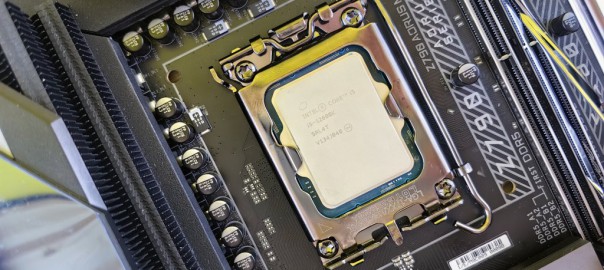Prepare Now for the Quantum Computing Revolution
The events of September 11, 2001 taught many lessons about disaster preparedness and business continuity planning. One story that illustrates this well involves Morgan Stanley and their empty office space in New Jersey.
In the months leading up to 9/11, Morgan Stanley had set up a fully functioning office space in New Jersey, complete with technology infrastructure and workstations. Yet this office sat entirely unused each day, serving no immediate purpose.
That is until the Twin Towers fell. When Morgan Stanley’s main offices were destroyed, they were able to quickly reroute operations through the New Jersey office. Within just three days, their systems were back online with minimal disruption to the business.
This was only possible because of Morgan Stanley’s foresight in developing a backup plan for an unknown potential crisis. The unused office space was an investment in preparedness for the unexpected.
Today’s businesses face a looming technological crisis in the rise of quantum computing. Though still years away, quantum computers threaten to upend cybersecurity by rendering current encryption methods obsolete. Organizations need to start preparing now for this disruption to avoid being caught off guard.
Just like Morgan Stanley’s unused office space, adopting new quantum-safe encryption like IronCAP requires investment even before the threat materializes. But this upfront cost pales in comparison to the massive impacts on business operations if quantum computers emerge without adequate security preparations in place.
The events of 9/11 demonstrated the critical need for contingency planning and getting ahead of future risks. Companies that want to withstand the next technological shift would be wise to heed this lesson. By taking action now, they can maintain continuity when the landscape inevitably evolves. Don’t wait for quantum computers to arrive to prepare – the time is now.
You need to act now!
We at IronCAP™ have been trying to educate businesses and individuals that Q-day (the day the first quantum hack is publicly recognized) is around the corner and everybody needs to gear up. Nation states and governments are already at it, how about you? To learn more, visit www.ironcap.ca.
IronCAP™ is our latest innovation for the post-quantum cybersecurity. This patent-protected, post-quantum cryptographic system is based on the Goppa Code-based cryptographic technology. It has embedded our proprietary subclass of (L, G) making it not only more secured but also has faster cryptographic operations (key generation, encryption, decryption) than the traditional Goppa Code-based technology (McEliece). We are offering a live demonstration for the general public to try and experience the strength of IronCAP™ post-quantum encryption easily. To learn more, visit www.ironcap.ca.
